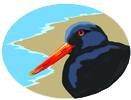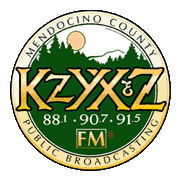Barn Owls are the owls we are most familiar with because of their close connection with humans. They live in and around towns, above which their eerie hisses, screeches and clicks can be heard late at night. Their ghostly white undersides flash at us from the darkness.
Barn owls have a distinct, white, heart-shaped face, and a beautiful tawny back speckled with gray and black. The under wing is brilliant white, and their belly is white with small black spots. They have dark eyes, pale beak and long feathered legs. They are 12.5-18 inches and the female is slightly larger.
They are year round residents. Barn Owls hunt over open grasslands and farmlands. They roost and nest in cliffs, hollow trees, barns, and old buildings. They feed on small mammals, especially rodents; they occasionally eat snakes, lizards, small birds, and large insects.
Barn Owls are amazing nocturnal hunters. Tests have proven they can hunt entirely by sound. Their concave facial disc helps to trap sound. Their ears are asymmetrical, one higher than the other, so they triangulate to rustling in the grass. They pounce on their prey and swallow it whole, then regurgitate the fur and bones in a pellet, one per victim.
Barn owls mate for life. Courtship involves flight: the male claps its wings together and ritually presents his mate with food. Barn Owls have no actual nest. The female lays and incubates 3-8 elliptical white eggs. The male feeds the incubating mom for one month and then helps feed and brood the white, fluffy chicks for another 2 months.
Barn Owl Photo by Dan Lockshaw www.owling.com


